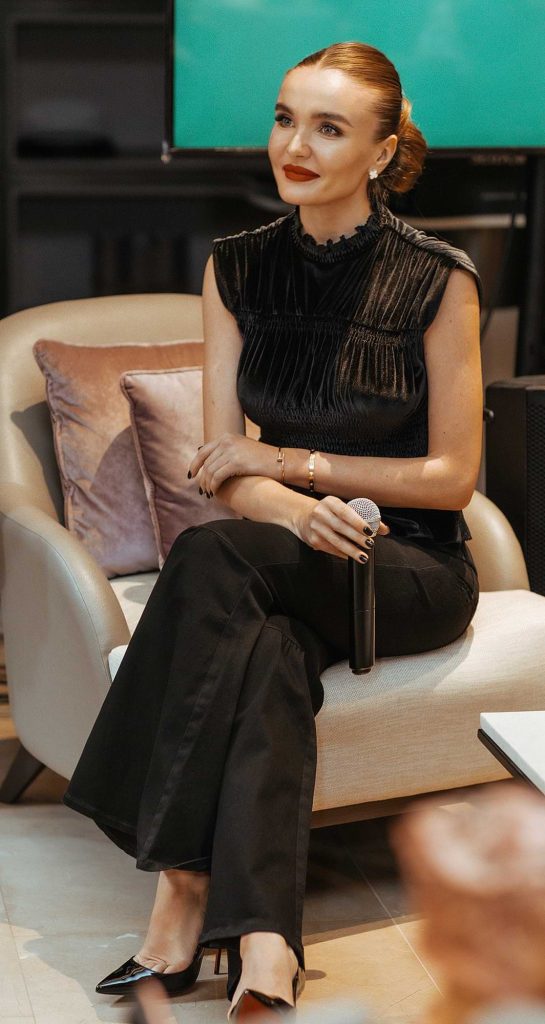UAE Media Landscape in Brief
The United Arab Emirates is a unique market for press release distribution. Local outlets such as Khaleej Times, Gulf News, The National, Arabian Business and region-specific wires dominate business readership, while international channels like Reuters, AP News, Business Insider and global crypto/fintech outlets add reach beyond the region.
What makes the UAE different is its multilingual, multi-audience environment: English and Arabic are equally important, and investors, regulators, and the public sector actively monitor media coverage.
For startups and scale-ups, this means press releases cannot be a copy-paste job. They need to be localized, culturally aligned, and placed with the right timing.
Choosing Wires vs. Native Pitching vs. Paid Placements
There are three main ways to distribute a press release in the UAE:
- Newswires
- Examples: Zawya, Business Wire, GlobeNewswire.
- Pros: Wide syndication across portals, instant pickup.
- Cons: Often labeled as press releases; weaker authority compared to editorial articles.
- Native pitching to editors
- Direct outreach to journalists at Khaleej Times, Arabian Business, Gulf News, etc.
- Pros: Higher trust, can secure “earned” coverage.
- Cons: Requires strong story value and media relationships.
- Paid placements
- Sponsored articles in Tier-1 outlets or business media.
- Pros: Guaranteed visibility, full control over message.
- Cons: Must be transparently managed to avoid “guaranteed Tier-1” scams.
Our recommendation: A hybrid approach — combine wires for coverage volume, native pitching for credibility, and selected paid placements for guaranteed impact when timing is critical.
Localization, Timing, and Embargo/Exclusive
In the UAE, localization is not optional:
- Language: press releases should be available in both English and Arabic.
- Cultural context: references must resonate with local markets (UAE Vision 2030, DIFC initiatives, MENA investments).
- Timing: early in the week (Sunday/Monday) works best; avoid public holidays and Ramadan slowdowns.
- Embargo/Exclusive: giving one outlet priority access (e.g., Khaleej Times exclusive) often delivers stronger editorial pickup.
Case example – Aloki (Sustainability / Metaverse)
When launching Aloki, a sustainability-driven metaverse initiative, we localized announcements in EN/AR and emphasized ESG relevance. Coverage in Forbes, Nasdaq, and Cointelegraph reached both sustainability audiences and crypto investors — proving that localization and timing directly impact outcomes.
Costs & Bundles: How to Budget Smart
Budgets in the UAE vary significantly:
- Wire distribution: $500–900 per release.
- Local Tier-1 placements (Khaleej Times, Arabian Business): $2000–3,500 per article.
- International business/finance placements (Forbes, Nasdaq, Investing.com): $2,500–7,500.
- Hybrid bundles: combining wires + 2–3 paid articles typically starts from $7,000–14,000.
Case example – TRLab (Luxury / ArtTech)
TRLab, an NFT art platform, raised $6.2M and announced it via carefully crafted press releases. By highlighting traction and industry validation, the campaign secured Forbes, Cointelegraph, and TechCrunch coverage. For investors, the spend on distribution translated into global visibility and credibility.
The key is balance: too much spend on wires = noise without credibility; too much on single paid placements = expensive, no reach.
Measuring: From Pickup to Leads
A successful press release in the UAE should be measured not only by “number of pickups.” True metrics include:
- Media quality — Tier-1 regional (Khaleej Times, The National) + international finance/crypto (Forbes, Nasdaq, Cointelegraph).
- Referral traffic — clicks from articles to the website.
- Investor/regulator visibility — whether coverage builds credibility with DIFC, VARA, FSRA audiences.
- Leads generated — inbound requests, consultations booked.
Case example – ADACash (Consumer Crypto / Virality)
ADACash showed how a press release strategy can scale beyond visibility. With 14+ placements in Forbes, Entrepreneur, Nasdaq, FXStreet, the campaign reached 1.3B+ impressions. Beyond metrics, the releases built trust with investors and community members — proving the ROI of professional distribution.

